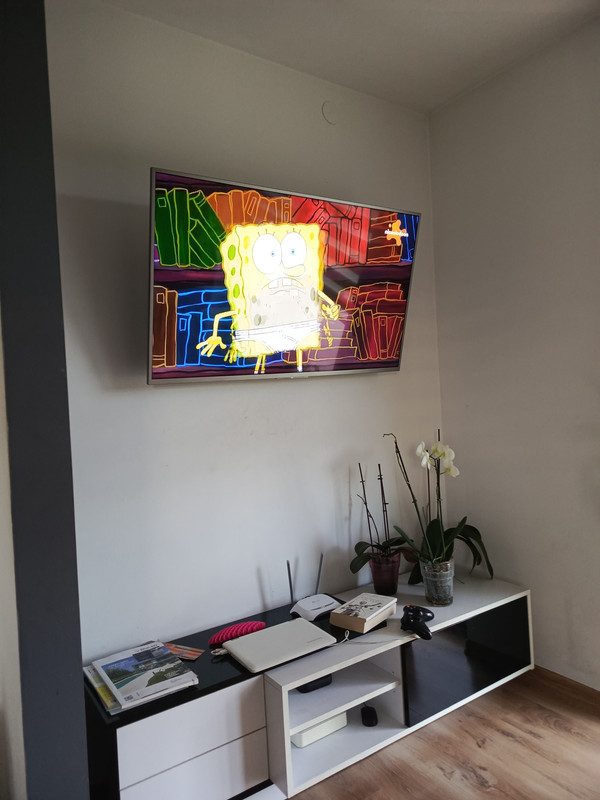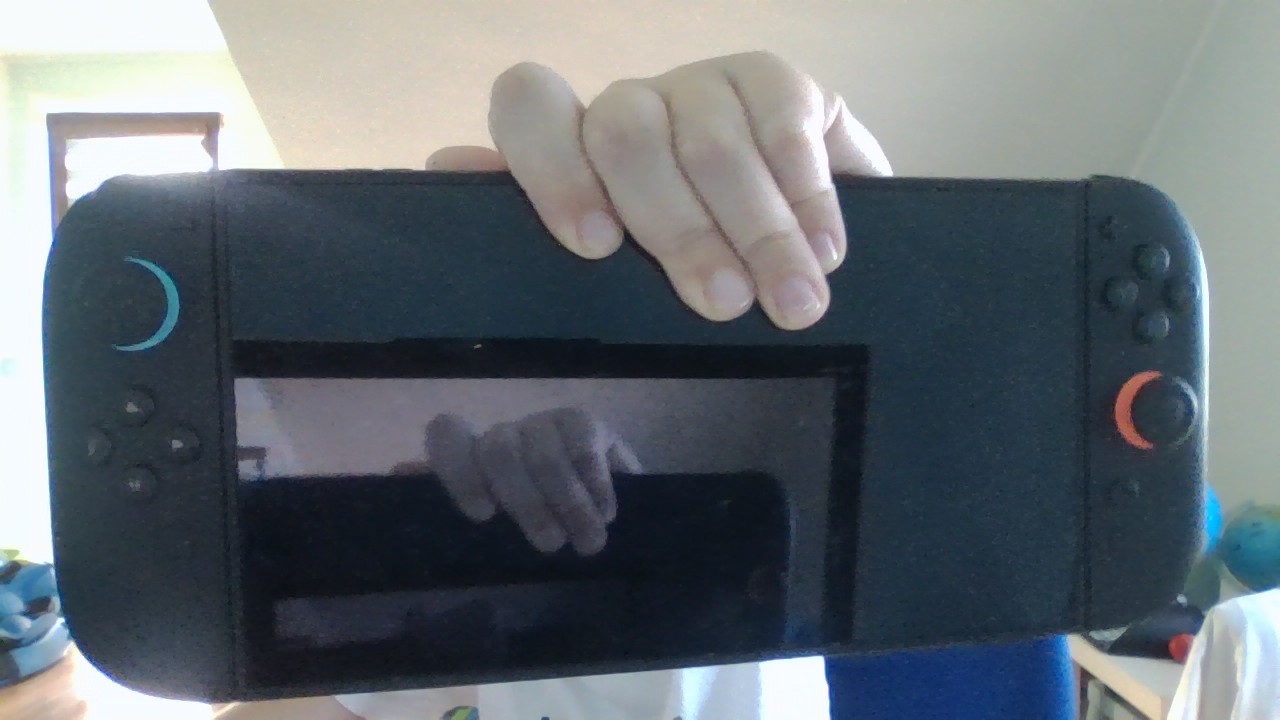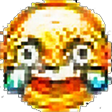Mario Kart PC Forum - Advanced search
Results 81-100 out of 240+

ROBLOX IS GETTING SUED!
On 2025-09-27 at 19:43:56
I Sue Roblox Because Roblox Always Terminates Me In 3 Days! LIKE ROBLOX MUST STOP THIS MADNESS!
Watch This!
On 2025-10-25 at 15:14:37
I Took A Picture Of The 1st Season 16 In SpongeBob SquarePants! (I Do Not Own Any Instances Of SpongeBob SquarePants. It Is Own By Viacom And Nickelodeon.)  Well, Not The First...
Well, Not The First...
 Well, Not The First...
Well, Not The First...Help Me With Windows 1.0!
On 2025-11-08 at 14:14:42
Windows 1 released 40 yrs ago
I Know, But I Am Using It On VMWare
On 2025-11-08 at 13:42:51
I Am Trying To Install Widnows 1.0, I Did Installed It, But! I Need A Floppy With COMMAND.COM, But I Don't Have A Floppy With COMMAND.COM, Can Someone Please Help?
I Guess It's Impossible To Get Music #007
On 2025-11-03 at 16:53:30
I Am Comfirned That Music #007 Is Impossible Since You Need To Answer A Questionnaire, But Now It's Impossible Becuase SpotPass Has Shutted Sown. I Need Help!
Join Here Right Now!
On 2025-10-21 at 16:41:52
The link isn't used right
Don't Worry, The Link Works
 1
1On 2025-10-20 at 18:50:14
I Create The Game Called Spelling Bee Get To This Link, And Have Fun Spelling! https://websim.com/@LemonAguana/spelling-bee-local-room-server-broadcastchannel. Make Sure The Copy That Link And Then You Can Come To My Game!
Rolling Sky (Websim Version) Versions Speedrun
On 2025-10-18 at 07:47:30
Here Are All Rolling Sky Versions I Speedrunned
1.0: 43 Seconds
1.1: 53 Seconds
1.1.6: 54 Seconds
1.2: 1 Minute And 2 Seconds
1.2.3/1.2.4: 1 Minute And 13 Seconds
1.2.7: Unknown
1.3: 1 Minute And 28 Seconds
That All About These Versions (I May Have To Add More)
See Ya!
1.0: 43 Seconds
1.1: 53 Seconds
1.1.6: 54 Seconds
1.2: 1 Minute And 2 Seconds
1.2.3/1.2.4: 1 Minute And 13 Seconds
1.2.7: Unknown
1.3: 1 Minute And 28 Seconds
That All About These Versions (I May Have To Add More)
See Ya!

Mario Kart World MKPC Records
On 2025-08-26 at 08:06:19
Great ? Block Ruins: 2:27.296
Fake Nintendo Theories in the Style of the MKPC Forum!
On 2025-09-21 at 08:44:17
It Does Exist!


Tomodatchi Life Test
On 2025-10-05 at 10:26:46
It's Been 2 Months And No One Texted Here
 1
1I'm Dissapointed
On 2025-10-05 at 08:37:37
Why did you get blocked?
Because I Created My Channel In Logo Editing Wiki. And Raymchrone Blocked Me From Logo Editing Wiki until July 25th, 2030
On 2025-10-04 at 19:40:57
I'm Blocked from Logo Editing Wiki Until I Turn 15. I am disappointed...
Disappointed with what?
From Being Blocked from Logo Editing Wiki
 1
1On 2025-10-04 at 07:40:40
I'm Blocked from Logo Editing Wiki Until I Turn 16. I am disappointed...
 3
3 1
1So... There are several Switch Launchers.
On 2025-09-08 at 16:01:32
Switch Phone Edition?
If y'all were a pokemon with a pokemon buddy (if you want to)what would you be?
On 2025-09-09 at 15:24:48
Every Starter Pokemon In The Pokemon Series Plus Pikachu
What Your Opearating System Says About You
On 2025-09-14 at 15:34:36
Windows 95: YOU'RE WAY TO YOUNG TO USE IT. YOU DIDN'T EVEN BORN BEFORE WINDOWS 95.
Windows 11: A Perfect Way To Use Windows 11. And Yes, It's The Newest System
Mac: Mac Is Just A Mac Only For Macs.
Android: You Can't Even Purchase A Computer, So You Use A Phone.
Windows XP: You Are Awesome, Becuase Windows XP Is The Best System Ever!
Any Other System Will Be Responded
Windows 11: A Perfect Way To Use Windows 11. And Yes, It's The Newest System
Mac: Mac Is Just A Mac Only For Macs.
Android: You Can't Even Purchase A Computer, So You Use A Phone.
Windows XP: You Are Awesome, Becuase Windows XP Is The Best System Ever!
Any Other System Will Be Responded
Mario Kart Tour
On 2025-09-14 at 15:27:19
Sorry for reviving this topic, but I now have a MKTour alt! Friend codes and all that stuff is coming soon.
I Already You gave you a friend request
 1
1


 274 -
274 - 
 9421 pts ★ Expert
9421 pts ★ Expert 6860 pts ★ Racer
6860 pts ★ Racer